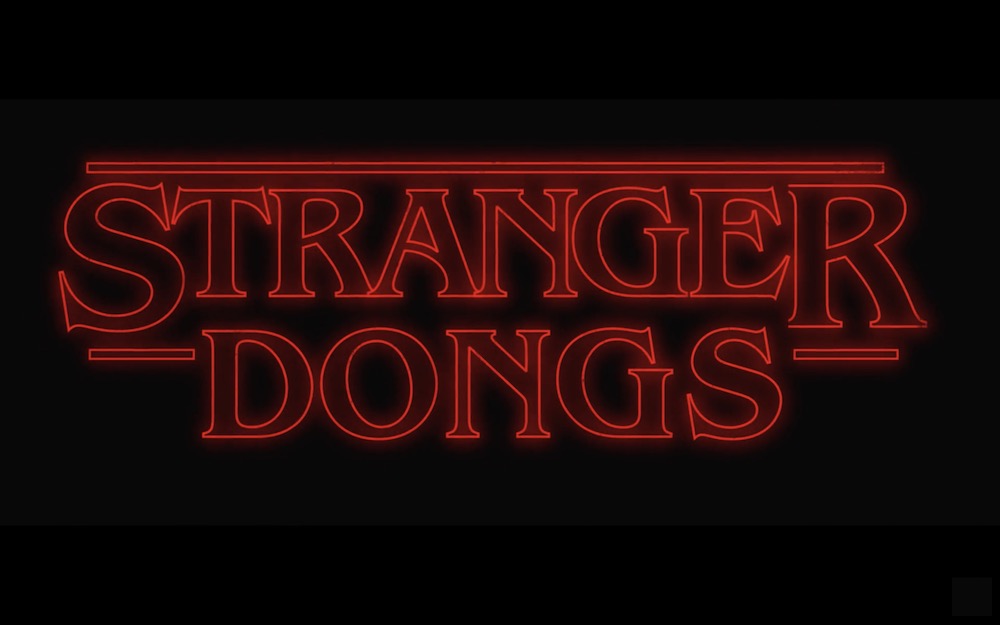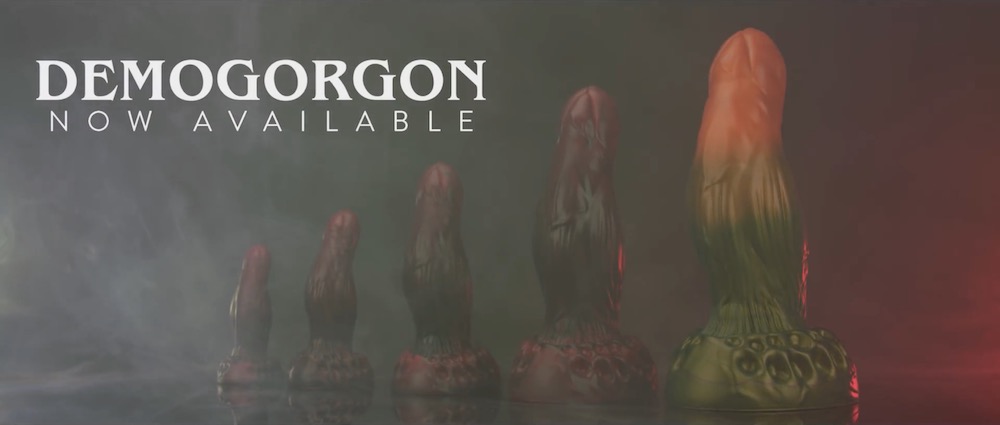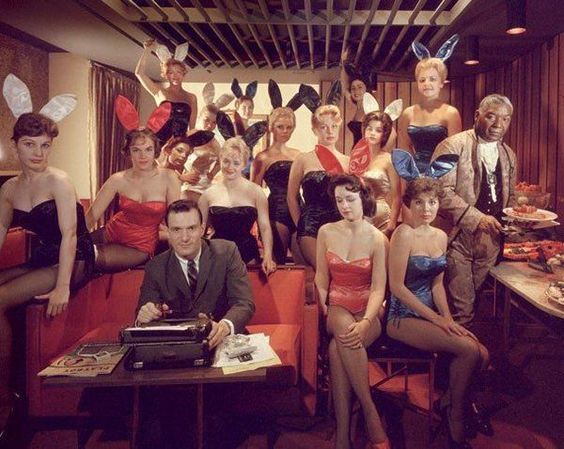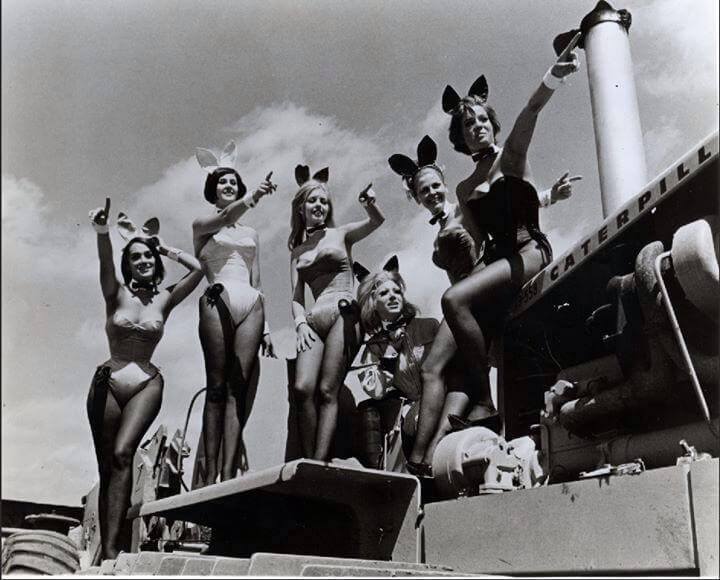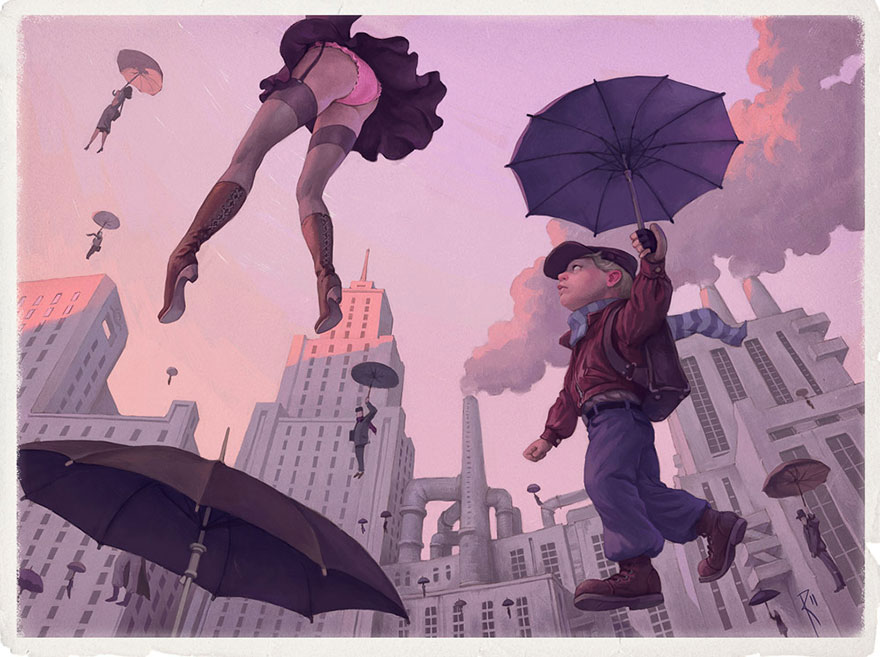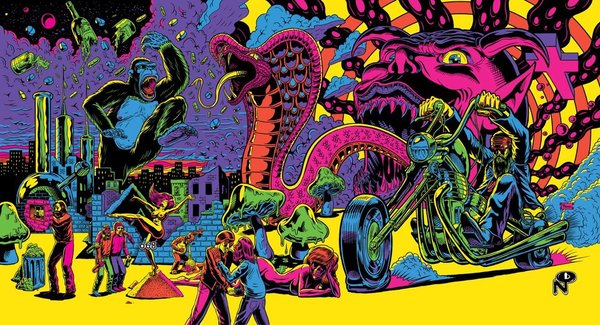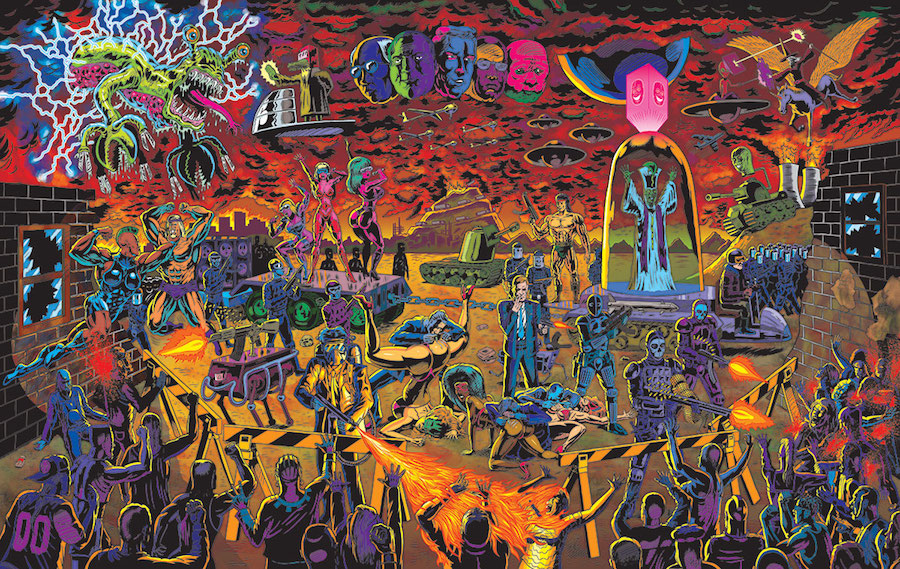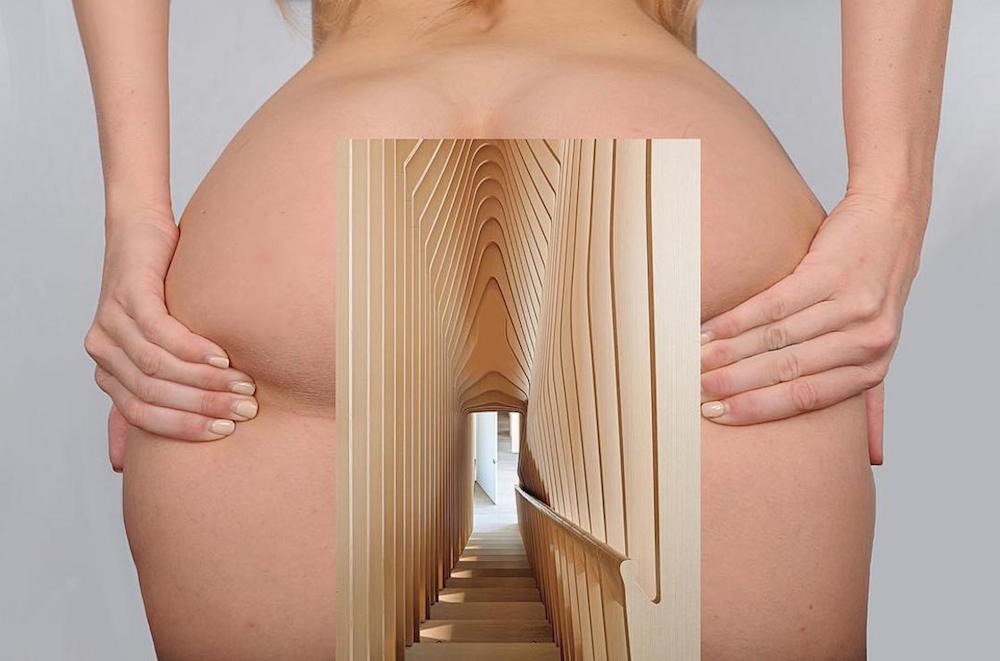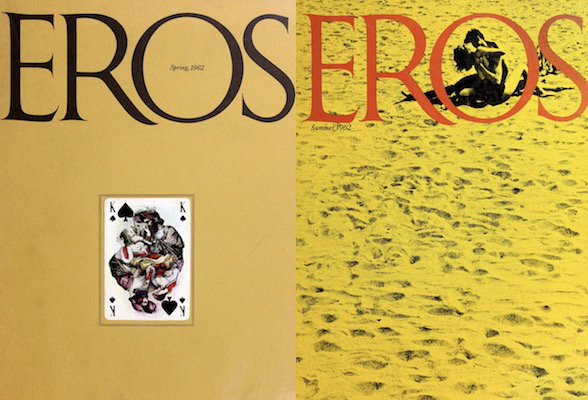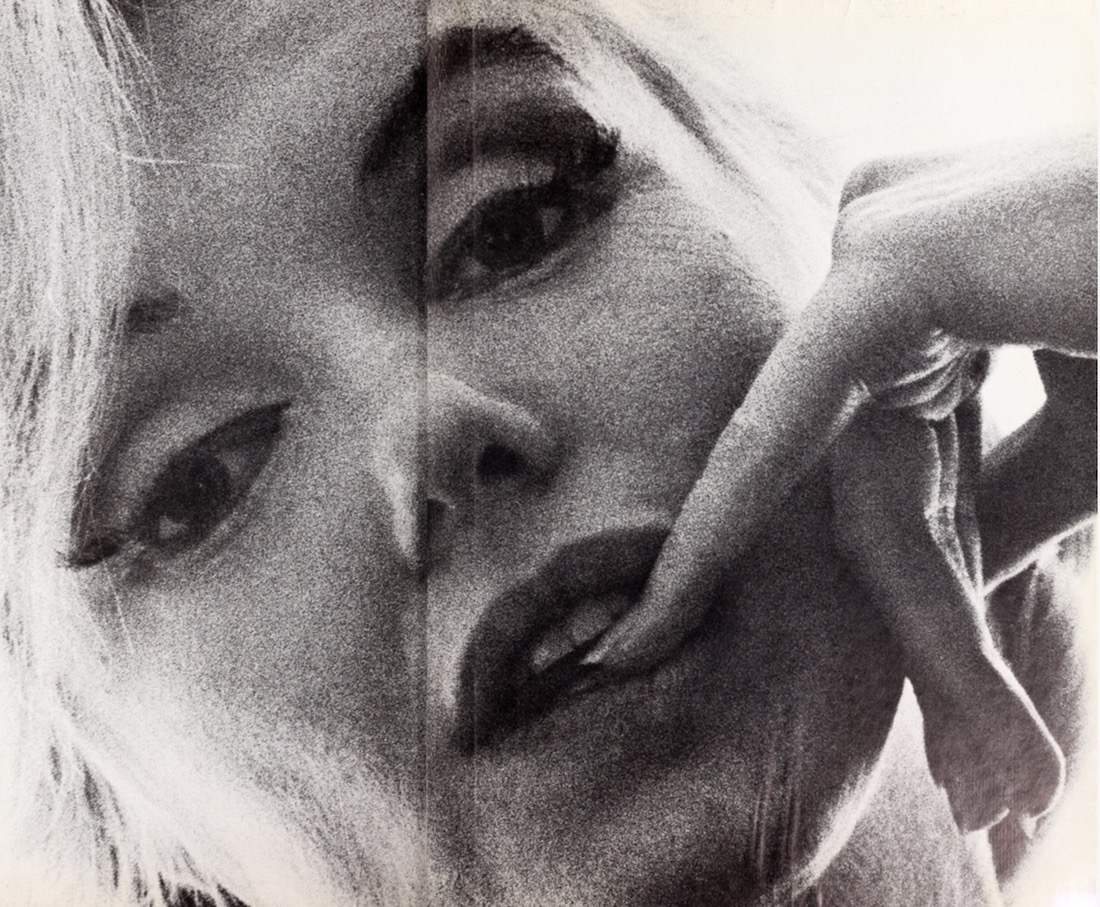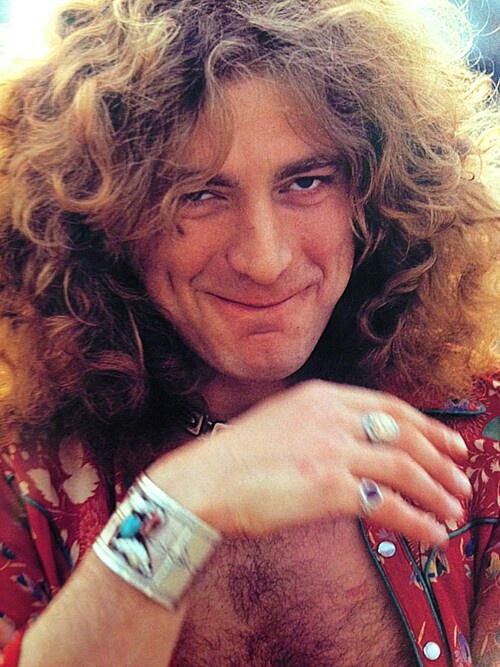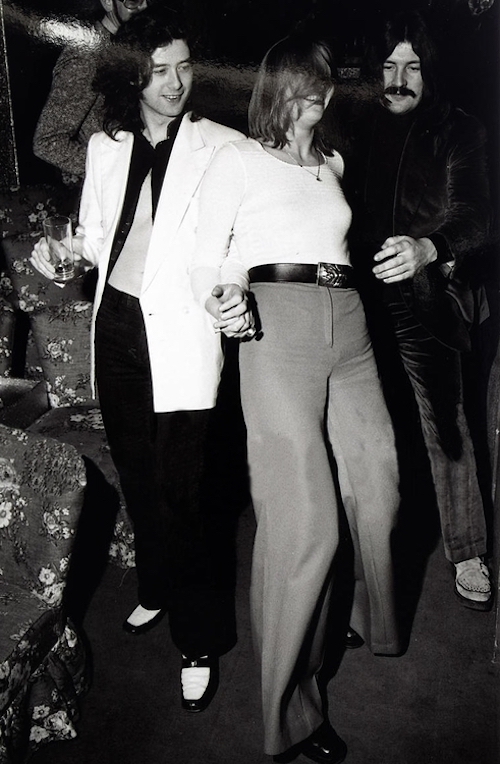
‘Les Aphrodites.’
We’re in Paris of the 1920s: a world of cheap hotels, low-rent dives, darkened rooms, the hiss of gas lamps, the smell of cigarettes and sex, eau de cologne, grubby bedsheets, prostitutes, lovers, women, men, alcohol, opium, and unfettered hedonism. This is the world Frans de Geetere depicted in his erotic etchings for a variety of scandalous books published during the decade. One such volume was Jean de Gourmont’s romantic novel La toison d’or (The Golden Fleece), a tale of two young lovers’ difficult and torturous relationship. De Gourmont described de Geetere’s illustrations as:
‘...displaying a rare erotic talent, [that] show miraculously and without insulting precision the aura of sensual mysticism I too had sought in which to bathe my ideas and my dreams’.
De Gourmont’s book is long forgotten, but de Geetere’s etchings continue to resonate with succeeding generations who find his work “sombre and disquieting, infused with a miasma of conflicted sexuality and existential dread.”
Frans de Geetere was born François de Geetere in Oudergem, a suburb of Brussels, in 1895. He studied art at the Beaux-Arts in Brussels. He hated his tutors’ insistence on classical representations in art and quit college in 1915. His friend, the rich, debauched libertine Harry Crosby later described this act of rebellion as being “whipped into a flame of hatred by the frescoes his father compelled him to paint in the neighboring churches.” He took a job whitewashing houses. He was nineteen, no longer at college, and eligible for conscription into the Belgian army to fight in World War One. He fled to the Netherlands, which was neutral during the conflict, and worked as a porter at the William Arntz psychiatric hospital in Utrecht. He found this work dispiriting and at times deeply disturbing. However, this together with the daily newspaper reports of fighting across Belgium and France, focussed his ambition to succeed as an artist. He changed his style from naive colorful depictions of fantasy and imagination to dark, brooding, portraits of the patients at the psychiatric clinic. During this time that de Geetere also met the woman who became his life partner, artist May den Engelsen.
The couple lived on a two-masted houseboat called the Marie-Jeanne. After the war, they decided to steer their boat along the canals to Paris. It was a slow leisurely journey during which the couple drew and painted and used a small printing press to publish their work. They arrived in Paris in the early 1920s berthing their boat at the Quai de Conti near the Pont Neuf, in the very heart of the city. They were to live here for the next five decades.
In Paris de Geertere and den Engelsen fell in with a group of rich hedonistic bohemians. It was a world of parties, sex, drugs, and orgies. The Marie-Jeanne became a “symbol of free-floating morals”:
...conveniently moored at the heart of the world’s cultural capital, the Marie-Jeanne became a hippy sanctuary long before hippies were invented. Avant garde artists Tamara de Lempicka and Kees van Dongen were regular visitors, as were American emigré millionaire and publisher Harry Crosby and his beautiful and inventive wife Caresse. During the late 1920s and early 30s Harry and Caresse became intimate with Frans and May, sharing art, poetry, partners, beds and experiences with drugs
Crosby was a notorious millionaire spendthrift who was as famous for publishing works by James Joyce, Ernest Hemingway, Dorothy Parker, and William Faulkner, as he was notorious for his life of sex and drugs. He eventually died in a murder-suicide pact after losing all his money in the Wall Street Crash.
De Geertere played hard and worked harder. He supplied illustrations for books of cult literature and erotica like La toison d’or (1925), Les Aphrodites (1925), Arthur Rimbaud’s Les stupra (1925), Les Chants de Maldoror (1927), La légende des sexes (1930), and his self-published volume Spasmes (1930) which he described as depicting love-making, sex and the orgasm as filled with:
...anxiety, violence and spasm, for this is undoubtedly true poetry. I do not care to please people who imagine love as sexual kindness, and its representation as the sign of genteel rendezvous.
De Geertere’s work has lasted because it was created through a synthesis of great technical talent and considerable personal experience. These are not pictures of imaginary figures but real women and men engaged in carnal acts in small darkened rooms where the gas light flickers and there’s a dank smell of sex and sweat. By the early fifties, De Geertere’s work fell out of favor as erotica was replaced by glossy pornography. He returned to painting bright colorful pictures as he had done in his youth and spent his freetime flying kites.
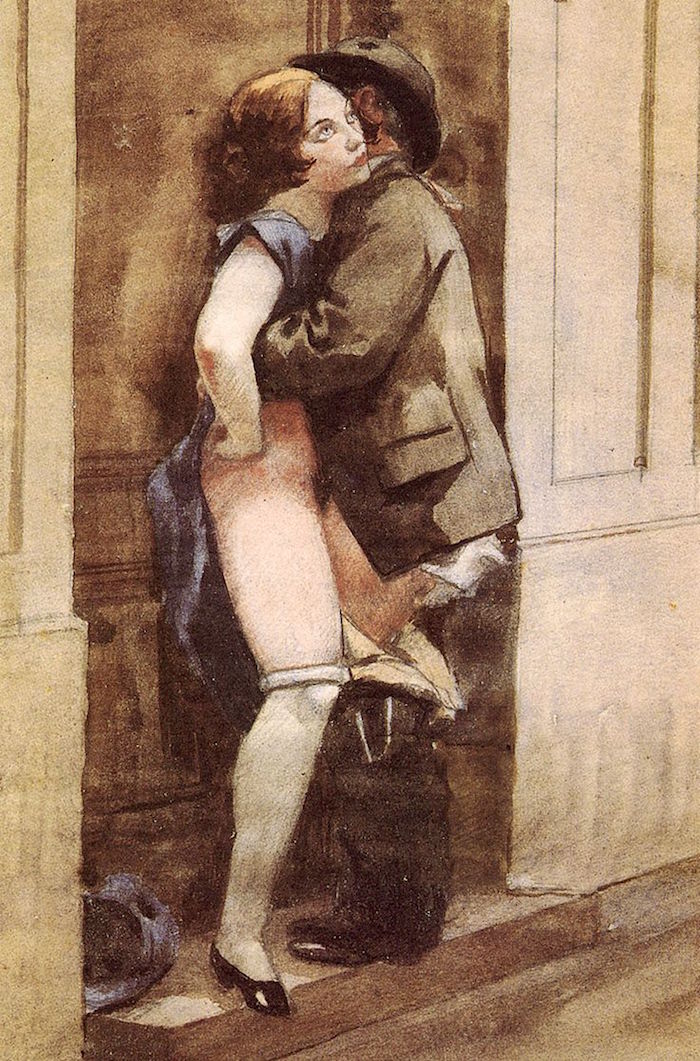
‘A Prostitute and Her Client.’
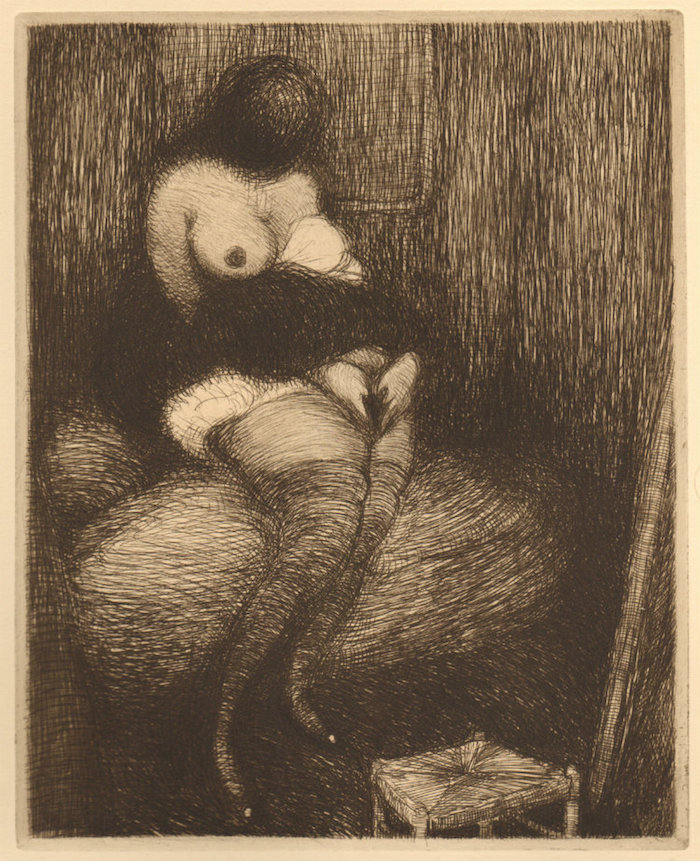
‘Marthe.’
See more erotic etchings, after the jump…
